Solar Battery Storage: The Complete Guide !

What Is a Solar Battery Storage and How Does It Work ?
A solar battery storage is a device that stores the electrical energy generated by photovoltaic solar panels. Its purpose is to capture and retain the surplus energy produced during the day when the sun is at its strongest, so that it can be used later—especially at night or during periods of low sunlight. Solar batteries play a crucial role in self-consumption systems, as they increase energy independence and reduce reliance on the national grid.
Each kilowatt-hour (kWh) of stored energy you use represents a saving compared to buying that same energy from the grid.
The way a solar battery works is simple. When electricity production exceeds instant consumption, the surplus is sent to the battery for storage. The battery is usually protected by a charge controller, which prevents overcharging and excessive discharging.
Energy is stored in chemical form, and the storage capacity—expressed in kilowatt-hours (kWh)—determines how much energy the battery can hold. During periods of low solar generation, the battery releases this stored energy, which is then converted into alternating current (AC) by an inverter to power household appliances.
The Different Types of Solar Battery Storage
There are several types of solar panel batteries on the market, each with its own advantages and specific characteristics.
1- Lithium-Ion Batteries
Lithium-ion solar batteries are renowned for their long lifespan (10–15 years) and high performance. They are among the most recent and widely used solar battery technologies available. Lithium-ion batteries can store large amounts of energy, making them a reliable choice for improving energy independence.
They are lightweight and compact, making them ideal for installation in limited spaces.
Lithium-ion systems support fast charging and have a low self-discharge rate. Their depth of charge and discharge ranges between 80% and 90%. Another key advantage is their minimal maintenance requirements. In addition, these batteries are around 70% recyclable.
However, lithium-ion batteries can be sensitive to high temperatures and require a battery management system to prevent overcharging or excessive discharge.
2- Lithium Iron Phosphate Batteries (LiFePO₄ or LFP)
Highly popular on the market, lithium iron phosphate (LiFePO₄) solar batteries are an advanced energy storage technology within the lithium-ion family. They stand out for their durability, long lifespan, and exceptional safety. LiFePO₄ batteries have excellent thermal stability, making them resistant to high temperatures and capable of deep discharges of up to 90% or even 100%, reducing the risk of explosion or fire.
With an impressive lifespan of 15 to 20 years (6,000 to 12,000 cycles), LiFePO₄ storage systems are ideal for applications that require long-term performance.
They also have a very low self-discharge rate (less than 3% per month), which allows efficient long-term energy storage. They are maintenance-free and environmentally friendly, as they are made from non-toxic materials such as iron phosphate.
The Zendure SolarFlow Hyper 2000 combines a high-performance LiFePO₄ battery with an innovative hybrid inverter. Its plug-in design allows users to complete installation in just three minutes without altering existing wiring. With a solar input power of 2,400 W and an MPPT of 1,800 W, it captures more solar energy, and its battery capacity can be expanded up to 23.04 kWh.
Even better, the SolarFlow Hyper 2000 supports bidirectional charging, allowing it to be charged both from solar panels and the electricity grid. For those on a dynamic electricity tariff, this feature is particularly beneficial: when electricity prices are low, you can charge the battery and use that energy later when rates are higher.
3- Flooded Lead-Acid Batteries
Also known as a conventional lead-acid or electrolyte battery, the flooded lead-acid model is one of the oldest battery types. It remains widely used thanks to its affordable cost, making it ideal for small-scale solar systems. Flooded lead-acid solar batteries tolerate deep discharges of up to 50% of their nominal capacity and are easily recyclable, as key materials like lead and electrolyte can be recovered. Their efficiency ranges between 70% and 85%, slightly lower than that of more modern technologies. They are easy to install but require maintenance every six months.
Note that these batteries release hydrogen and oxygen during charging, so they must be installed in well-ventilated areas. Their lifespan ranges from 5 to 10 years (around 400 to 500 cycles), making them suitable for occasional use—such as in holiday homes.
4- AGM Solar Batteries
Part of the same family as the flooded lead-acid type, the AGM (Absorbed Glass Mat) solar storage battery requires no maintenance. It offers good energy efficiency (up to 95%) and an average lifespan of 5 to 10 years. AGM batteries perform well under extreme temperatures and tolerate deep charge–discharge cycles.
Lightweight and compact, they also have a low self-discharge rate of 1% to 3% per month.
5- Gel Solar Batteries
The gel solar battery stands out for its resistance to deep discharges and extreme temperatures. It has a long service life, typically between 5 and 10 years, and requires no maintenance. Thanks to their low self-discharge rate, they can store energy efficiently over extended periods of inactivity.
6- Virtual Batteries
The virtual battery is an innovative solution that allows solar energy to be stored virtually. Unused electricity is transferred to the local grid and recorded within a virtual storage system. This technology provides virtually unlimited storage capacity. However, subscribing to a virtual storage service incurs fees and electricity transmission costs.
Virtual batteries are not recommended for off-grid homes located in remote areas with limited access to the public network.
The Benefits of Solar Battery Storage
Solar batteries have become essential for anyone wishing to make the most of their solar installation. They offer several key benefits:
- Energy independence: A solar battery storage can achieve up to 95% self-consumption, reducing dependence on the national grid.
- Lower electricity bills: A solar battery storage reduces your electricity costs and helps protect against rising energy prices.
- Environmental impact: Choosing a solar battery storage reduces reliance on fossil fuels and contributes to environmental protection.
How to Choose the Right Solar Battery Storage
Choosing the right battery is crucial to maximise the performance of your photovoltaic system. Here are some useful tips:
- Assess your daily energy needs: This will help you select the battery that best suits your lifestyle.
- Choose the right battery type: Consider your needs, your system’s specifications, and your budget.
- Check the storage capacity: Expressed in kWh, this indicates how much energy the battery can store. It is generally advisable to choose a capacity about three times your average daily consumption to ensure several days of autonomy during low sunlight.
- Check the capacity (Ah): Different from storage capacity, this indicates the current the battery can supply over time.
- Consider the depth of discharge: This indicates the percentage of discharge that should not be exceeded.
- Evaluate the number of cycles: This refers to how many times the battery can be fully charged and discharged during its lifespan. A higher number means better durability.
- Check the output power: This is the amount of energy a battery can release instantly. The higher the output, the more appliances can run simultaneously.
- Consider efficiency: This measures the energy delivered relative to the energy required to recharge the battery. The most efficient batteries deliver the highest performance.
- Check reliability and quality: Before buying, research the manufacturer, ensure the battery meets required standards, and read customer reviews.
Solar battery storage is an excellent way to reduce reliance on the conventional grid and maximise your self-consumption. Choosing the right battery requires careful consideration of your energy needs, technical requirements, and budget. Investing in a solar storage battery enables you to optimise your photovoltaic system’s performance while supporting a greener, more sustainable lifestyle. The Zendure SolarFlow Hyper 2000 is a smart choice for those seeking both high performance and safety, offering outstanding value for money. Click here to discover more of its features.
FAQ
1. Which Battery Is Best for Storing Solar Energy ?
Lithium-ion batteries are more durable and high-performing, though more expensive. Lead-acid batteries are more affordable but have a shorter lifespan.
2. How Much Does a Storage Battery Cost ?
Prices range from €500 to €1,500 per kWh depending on the battery type and quality. The Zendure AB2000X, with a capacity of up to 1.96 kWh, is priced at just €719 (VAT included) and offers a shorter payback period.
3. What Battery Capacity Is Needed for an Off-Grid Home ?
For an average daily consumption of 10 kWh, a battery capacity of approximately 15 kWh is sufficient.
4. What Is the Lifespan of a Solar Battery ?
They typically last between 5 and 15 years, depending on the battery type. The Zendure SolarFlow Hyper 2000 is designed for exceptional power and durability, offering a 10-year warranty and professional customer support for complete peace of mind.

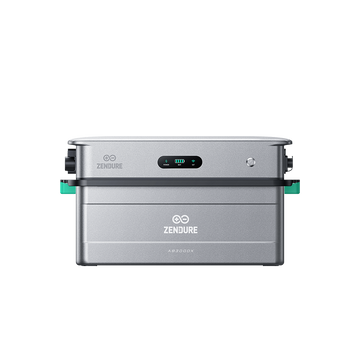


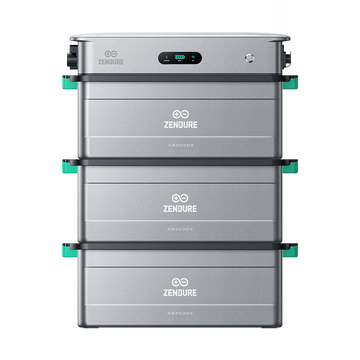
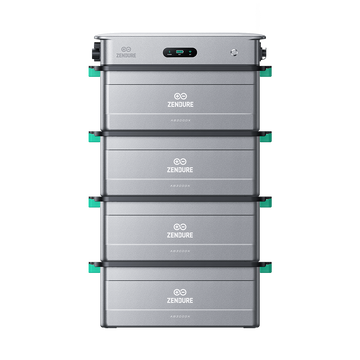
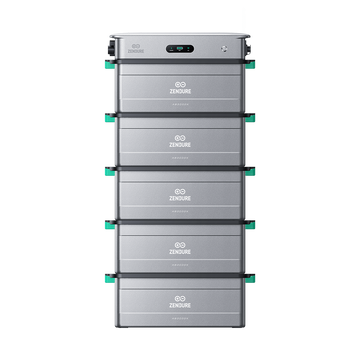
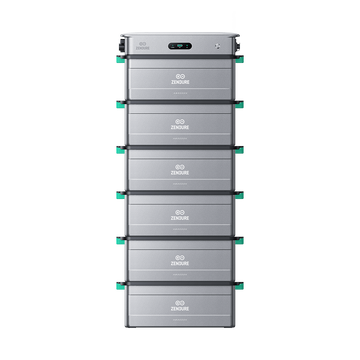
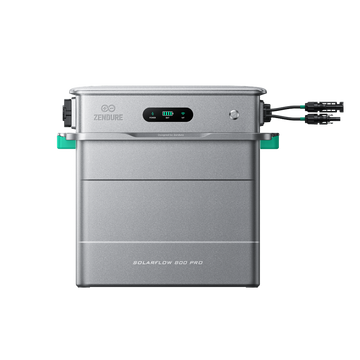

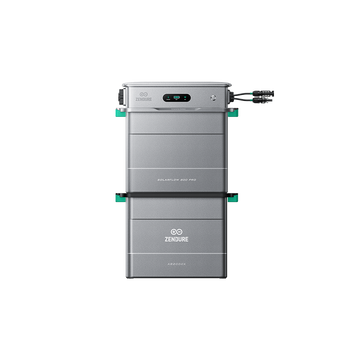

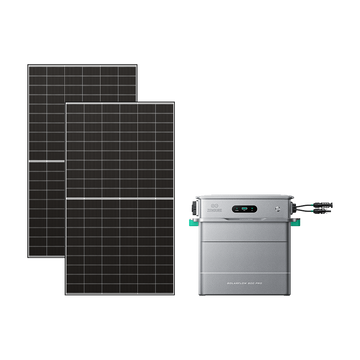
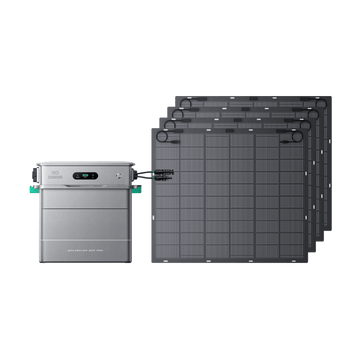
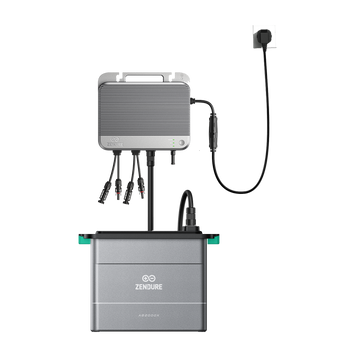
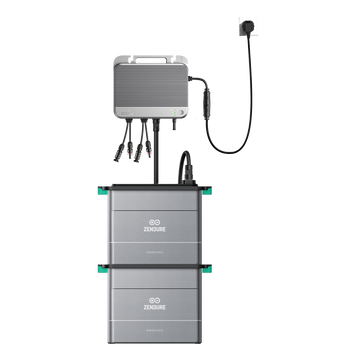

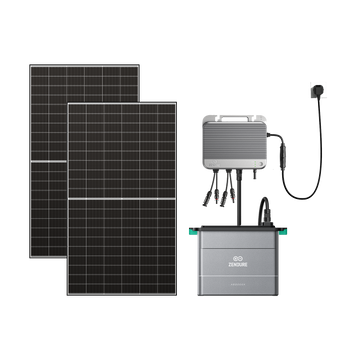



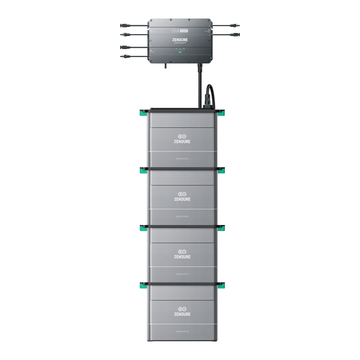
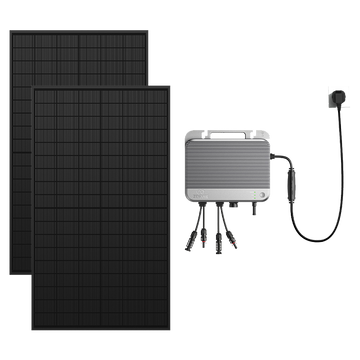
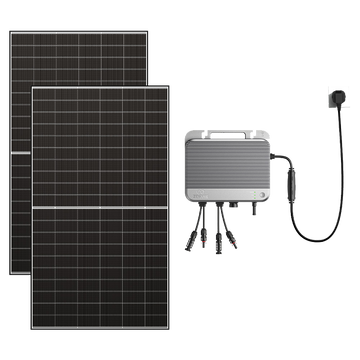
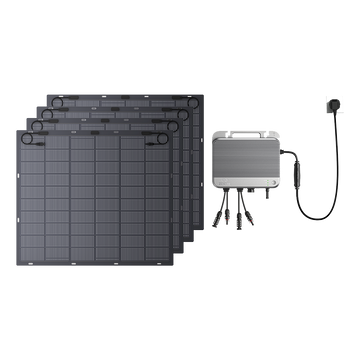


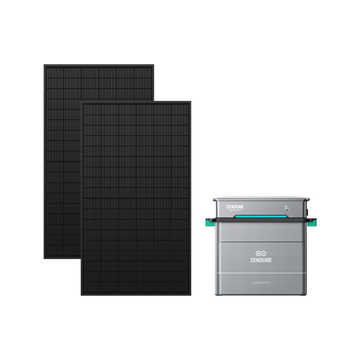

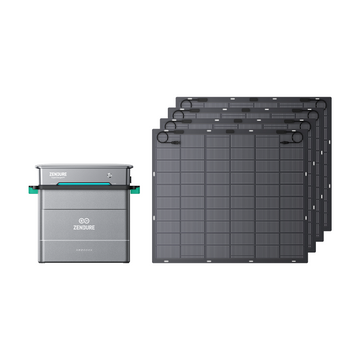


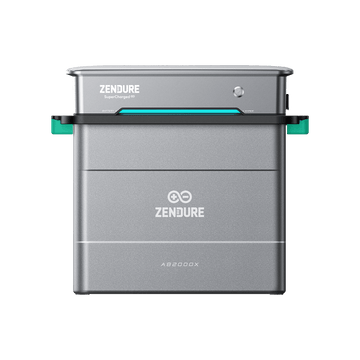

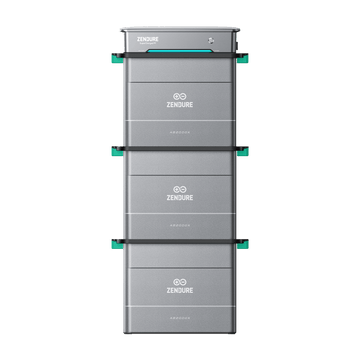


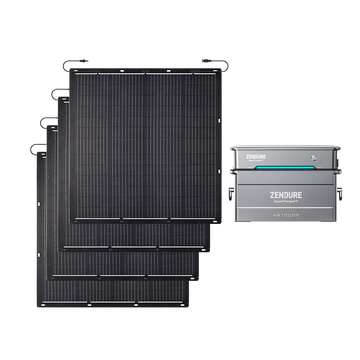


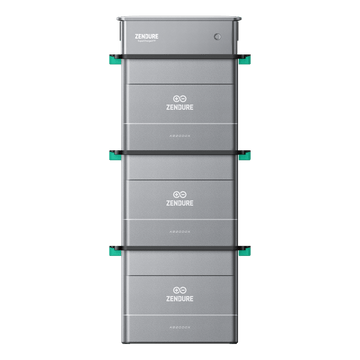
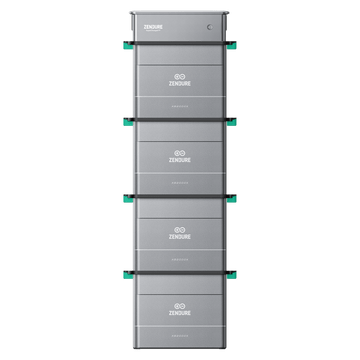

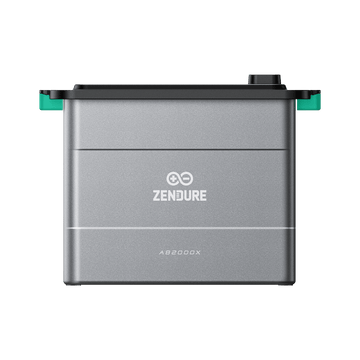

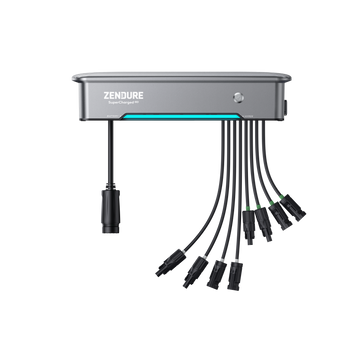


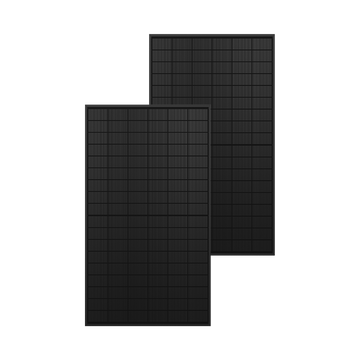
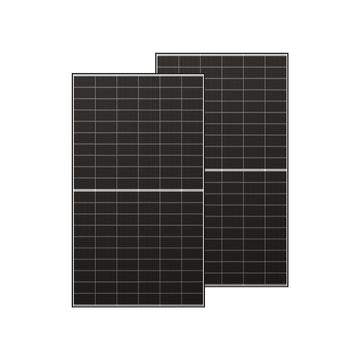
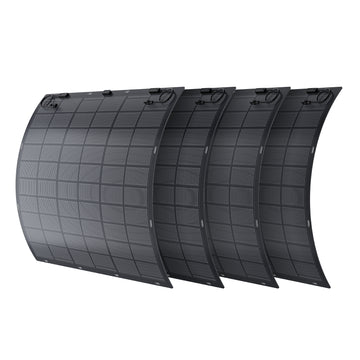

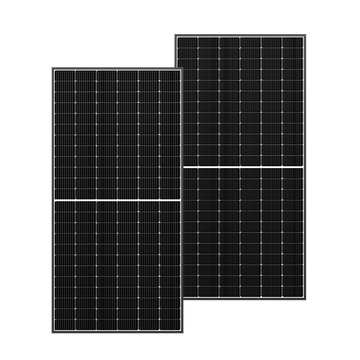
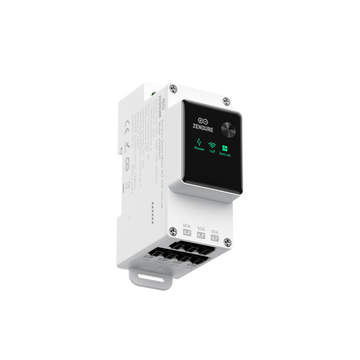
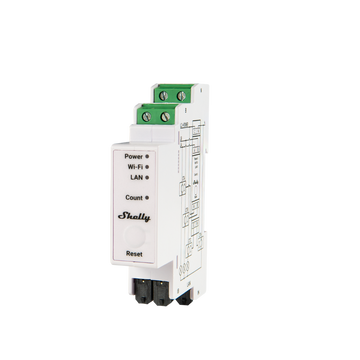


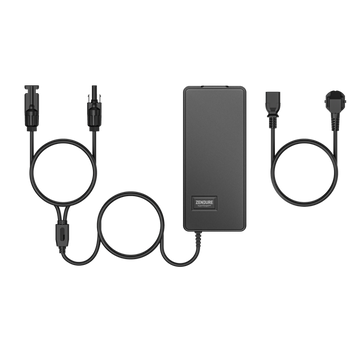
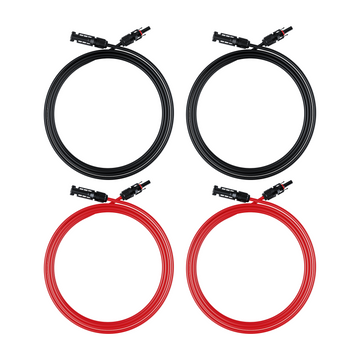


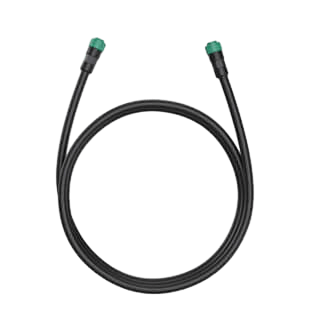
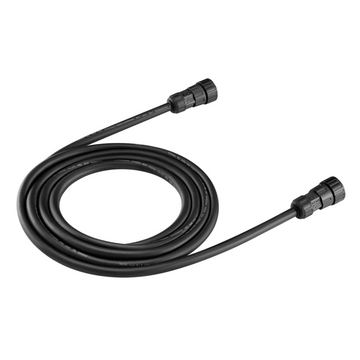
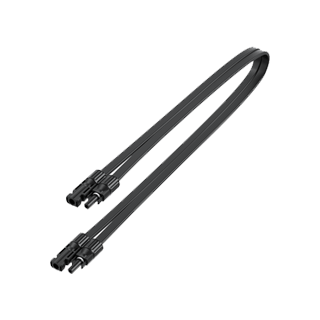
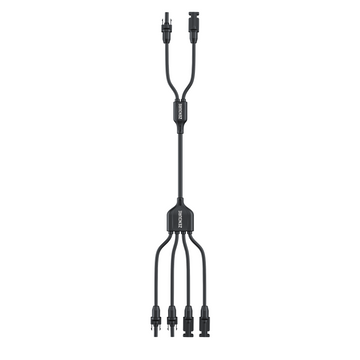
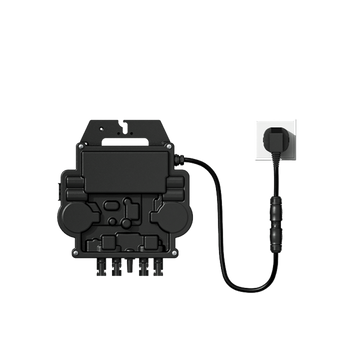


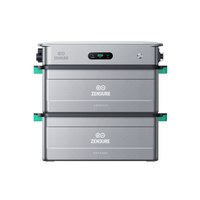

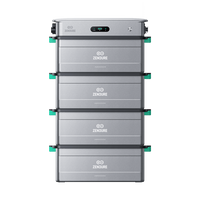
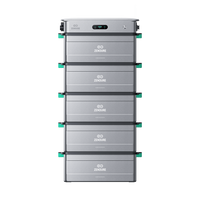



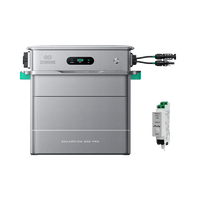

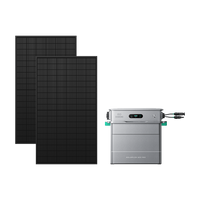
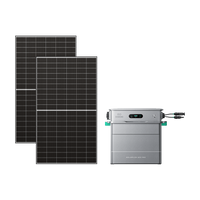
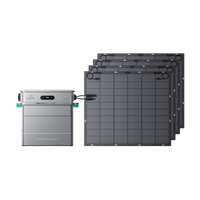


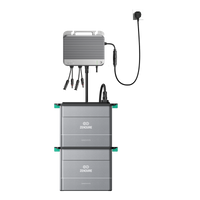



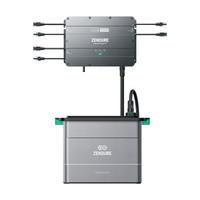
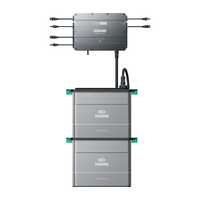
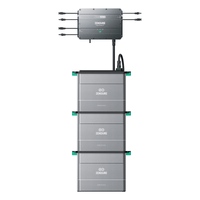
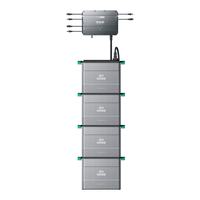


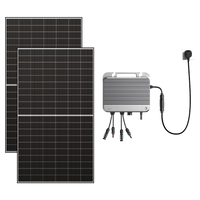
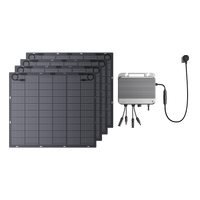

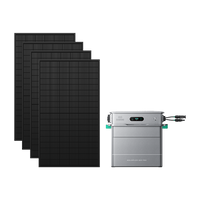
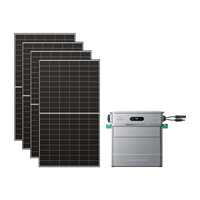

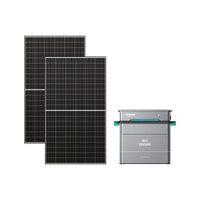
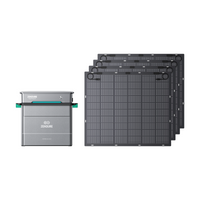
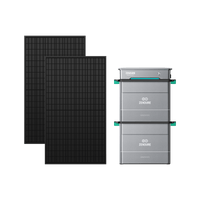
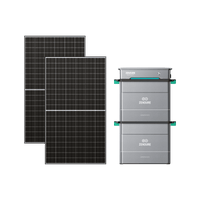

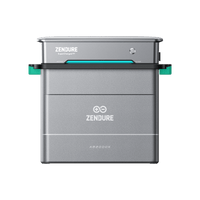
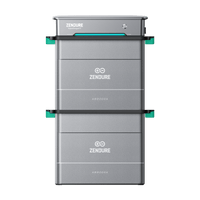
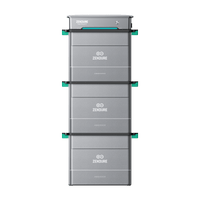


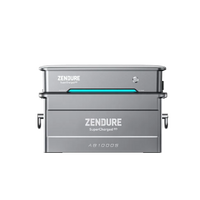
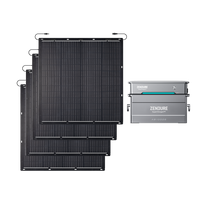



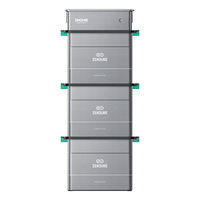
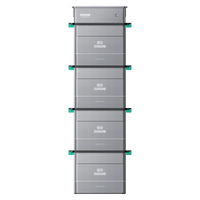

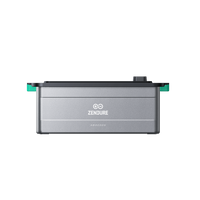


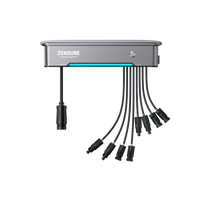

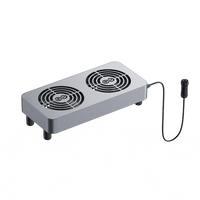
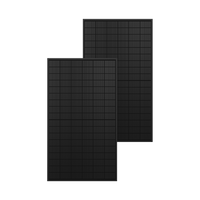


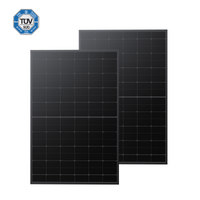


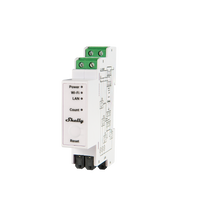




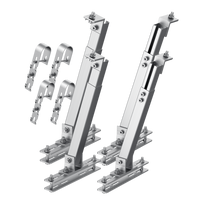
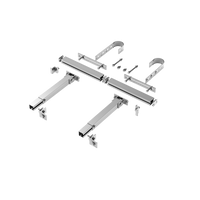
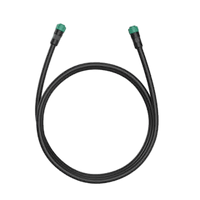
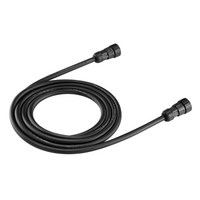
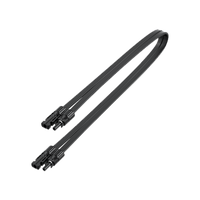
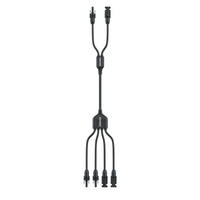
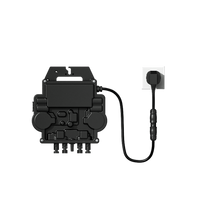




Leave a comment